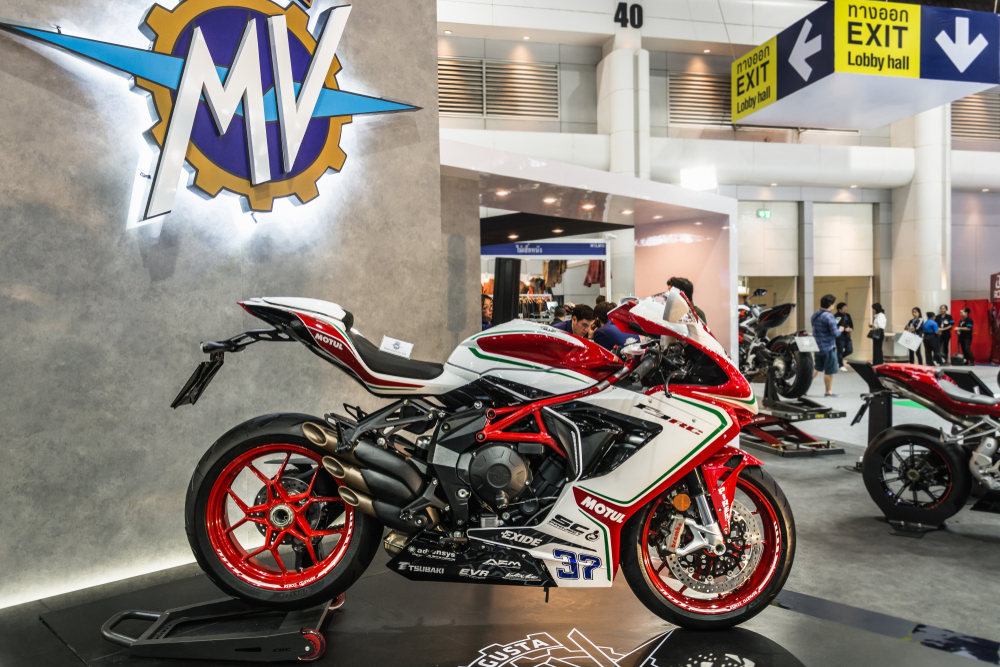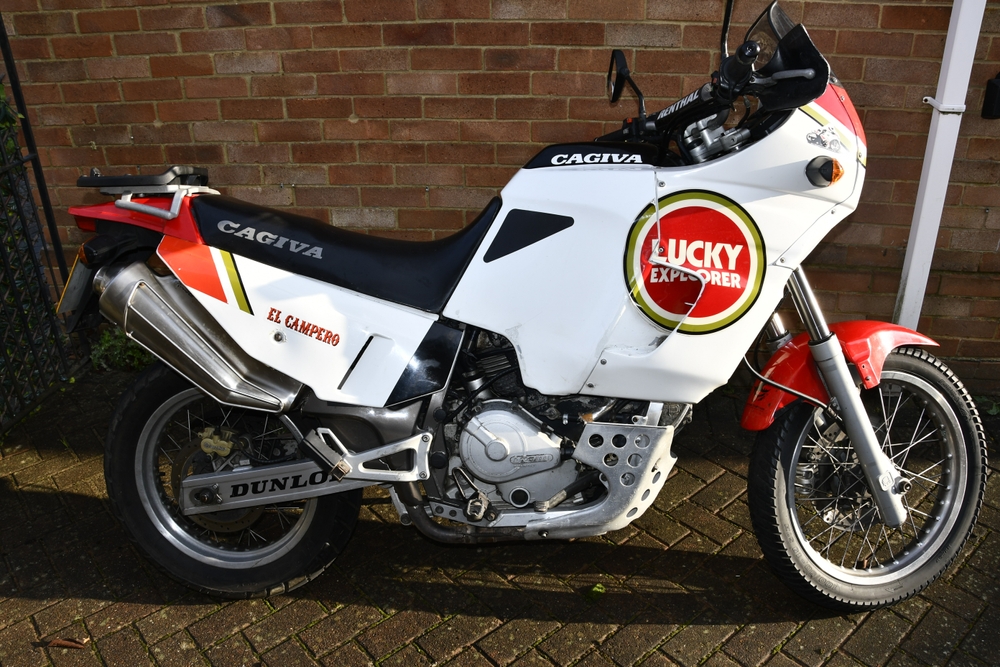Motorcycle brands are no strangers to the ups and downs of the market, with some iconic names seemingly disappearing into history only to make ambitious attempts at a comeback. These revived brands often bring a wave of excitement and nostalgia, promising to reintroduce their classic styles with modern upgrades. Yet, as much as the world of motorcycles loves a good resurrection story, the industry is fiercely competitive. When financial woes, shifting consumer tastes, and strong rivals enter the mix, even the most iconic names find themselves fighting an uphill battle to reclaim their former glory. In some cases, these revival attempts show promise but ultimately fall short of the legacy they aimed to restore.
From British icons like Norton Motorcycles to American favorites like Excelsior-Henderson, these brands all sought to reestablish themselves with new models, innovative designs, or retro-styled revivals. Each had a unique approach, tapping into their past while hoping to appeal to modern riders. However, many of these comebacks faced insurmountable challenges, from underfunding to operational setbacks. While they couldn’t regain their market standing, these failed comebacks offer a fascinating look into the ever-evolving motorcycle industry, where only the strongest survive.
Contents
Norton Motorcycles

Norton Motorcycles, one of the most iconic British brands, attempted a high-profile comeback in the late 2000s and early 2010s. Despite a storied history and a dedicated fanbase, Norton’s revival faced several critical setbacks, primarily financial instability and management issues. The brand’s focus on producing high-performance, luxury motorcycles clashed with its limited production capacity and insufficient capital. Consumer trust began to wane as production delays and quality control problems mounted. Norton eventually declared bankruptcy, revealing underlying issues like mismanagement of funds and production inefficiencies, making it a comeback attempt that fell short of expectations.
MV Agusta (Early 2000s)

MV Agusta’s attempt to make a comeback in the early 2000s seemed promising initially, given the brand’s racing legacy and association with high-performance, Italian-built motorcycles. However, financial woes and an overly ambitious expansion strategy quickly became major obstacles. MV Agusta struggled to compete with well-established global players like Ducati and Kawasaki, dominating the superbike segment. Despite changes in ownership and repeated infusions of cash, the brand couldn’t gain a sustainable foothold, leaving it in financial turmoil and unable to recapture its former glory as a top-tier performance brand.
Brough Superior

Known as the “Rolls-Royce of Motorcycles,” Brough Superior aimed to re-enter the market in the 2010s with a modern twist on its classic designs. However, its high production costs and niche appeal limited its market potential. Targeting an ultra-premium segment, Brough Superior faced challenges in securing steady demand from a relatively small customer base that preferred more modernized brands. Despite their unique craftsmanship and historical cachet, the new Brough Superior bikes struggled to justify their high price tags, ultimately making it difficult for the company to sustain operations or attract significant market share.
Münch Motorrad

The German brand Münch Motorrad, known for its power-packed Mammoth model in the 1960s, attempted a comeback in the 2000s with similarly ambitious designs. However, its high-priced, ultra-rare motorcycles couldn’t compete in an increasingly competitive market. With changing consumer preferences toward more versatile and accessible motorcycles, Münch’s extravagant, high-displacement models didn’t find favor among a wide enough audience. Financial limitations further constrained production, and with a limited appeal to collectors and enthusiasts, the brand ultimately couldn’t secure a viable spot in the modern market.
Mondial Motorcycles

Mondial Motorcycles, a legendary Italian marque with racing heritage, tried to re-establish itself by producing high-end sportbikes in the early 2000s. However, facing intense competition from established brands like Ducati and Aprilia, Mondial’s return didn’t gain much traction. The brand’s financial instability and limited production capacity restricted its ability to innovate and match the performance standards of its competitors. Additionally, Mondial’s niche appeal and high prices deterred mainstream consumers, leading the brand to exit the market after a brief attempt at revival.
MuZ

Originally an East German motorcycle brand, MuZ (formerly MZ) attempted a return in the late 1990s by introducing sporty, modern bikes with an eye on the European market. However, MuZ struggled to shake off its budget-friendly image and was unable to compete effectively with the likes of BMW and Yamaha in terms of both performance and appeal. The brand’s attempts to reposition itself as a premium manufacturer did not resonate with consumers, who continued to perceive it as a budget brand. Financial difficulties and a lack of clear brand identity ultimately led to MuZ’s exit from the market.
Excelsior-Henderson

Excelsior-Henderson, a historic American brand from the early 1900s, aimed to make a comeback in the late 1990s, riding the wave of nostalgia that fueled Harley-Davidson’s success. However, financial challenges and a saturated American cruiser market led to its downfall. Despite innovative engineering and a retro-styled lineup, the brand couldn’t compete with Harley-Davidson’s established dominance or secure adequate funding for sustained operations. The ambitious project quickly ran out of capital, and production ceased, ending Excelsior-Henderson’s brief attempt at revival.
Cagiva

Cagiva, an Italian brand with a storied legacy in motocross and adventure riding, attempted a revival in the early 2000s with hopes of leveraging its heritage. However, the brand’s limited resources and increased competition in the adventure bike market, dominated by players like BMW and KTM, made it difficult to regain market share. The lack of significant investment in research and development prevented Cagiva from keeping up with evolving industry standards, ultimately leading to its fade-out. Although backed by Ducati for a period, Cagiva struggled to define its niche, which hampered its comeback efforts.
Erik Buell Racing (EBR)

Erik Buell Racing (EBR) emerged as a continuation of Buell Motorcycles, a once-promising American brand. Despite innovative designs and powerful engineering, EBR faced significant financial struggles due to a limited consumer base and stiff competition from established brands in the sportbike segment. Efforts to create high-performance motorcycles for the American market clashed with budget constraints, and the company’s dependency on capital from Hero MotoCorp eventually unraveled. When Hero withdrew its support, EBR couldn’t maintain operations, resulting in a failed comeback despite multiple attempts to relaunch.
Laverda

Laverda, a beloved Italian brand known for its distinctive bikes in the 1970s, tried to make a comeback in the early 2000s, aiming to capture a share of the premium market. However, financial limitations and increased competition from brands like Ducati, BMW, and Japanese manufacturers prevented Laverda from establishing a strong market position. Without the ability to invest in cutting-edge technology or production, Laverda’s offerings appeared outdated compared to its competitors. This inability to adapt to a fast-evolving industry ultimately sealed its fate, and the brand ceased production within a few years.
Indian Motorcycle Company (Pre-Polaris)

Before Polaris Industries revived Indian Motorcycle successfully, several attempts were made in the 1990s and early 2000s to bring back the classic American brand. These efforts were plagued by poor management, inconsistent funding, and quality issues, which prevented the brand from achieving stability. Competing against Harley-Davidson proved especially challenging, as the Indian Motorcycle Company lacked the necessary resources and brand consistency to lure customers away. Missteps in production and a convoluted ownership structure eventually led to failure, with Polaris’s acquisition and rebranding as the turning point toward a successful revival.
Crocker Motorcycles

Crocker Motorcycles, an American brand known for high-quality, high-performance machines in the 1930s, attempted a comeback in the early 2000s, targeting collectors and luxury buyers. However, the brand’s ultra-high-end prices and lack of mass-market appeal hindered its success. The new Crocker models were viewed as collectibles rather than practical motorcycles, which limited their reach and demand. Additionally, with competitors like Harley-Davidson offering more accessible retro-style models, Crocker’s niche appeal couldn’t generate enough sales, ultimately leading to another failed attempt at revival.
This article originally appeared on MyCarMakesNoise.
More from MyCarMakesNoise
25 Best Off-Road Vehicles for Every Kind of Outdoor Adventure

When it comes to outdoor adventures, having the right off-road vehicle can make all the difference. Whether you’re navigating rugged mountains, desert trails, or muddy backroads, you need a vehicle built to handle the challenge. Read More.
25 Classic Sports Cars That Didn’t Live Up to Expectations

Not every classic sports car lives up to the thrill it promises. While some vehicles are remembered for their speed and innovation, others look great but fall short when it comes to performance, handling, or reliability. Read More.
Top 16 High-Speed Commercial Vehicles You Can Actually Drive

If you think commercial vehicles are all about heavy loads and slow speeds, think again. Some of the latest models combine impressive speed with the practicality needed for work. Read More.














